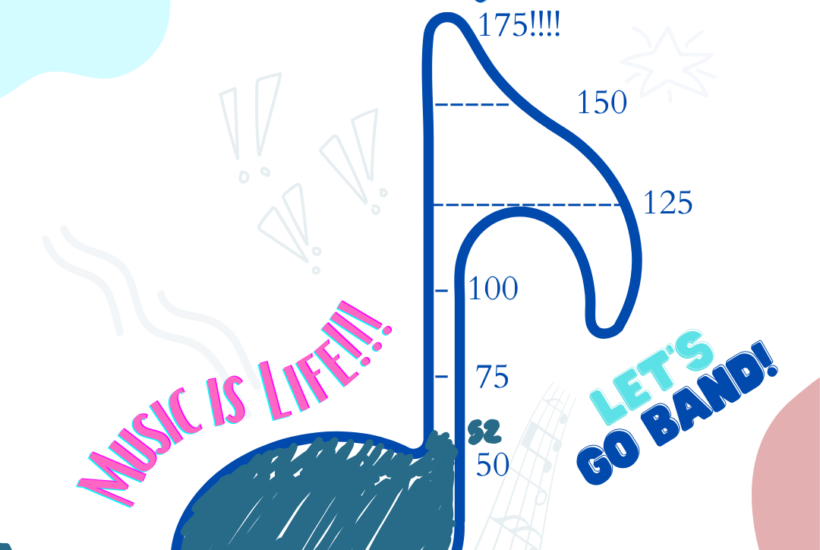Dr. Roeder’s full handout is now available for free here… Its a Tuba Thing
Effectively teaching tuba players and general tuba pedagogy at times can be a very daunting idea for many band directors. Playing tuba is often extremely different than the other instruments in the brass family. Variables such as size of mouthpiece, volume of wind needed, and shape and size of instrument provide a need for specific pedagogical ideas that would only apply to tuba.

One such aspect and often neglected pedagogical concept is posture and holding position. We are all familiar with the standard playing poster of sitting up straight and tall with our feet flat on the floor. This works great for all instruments that are picked up and held while playing.
However for tubists, this idea can be problematic because the tuba traditionally is not held up to the player’s mouth but rather is placed on a chair or the lap of a performer without enough consideration to where the mouthpiece actually meets the player. This causes the tubist to move their body around to meet the instrument. Often times this means that a player will slouch, twist, and/ or lean forward to find the best way to get their mouth to the instrument. The end result is that of bad posture and reduced wind capacity while playing which is problematic considering the large amounts of wind needed to produce a great tuba sound.
Often times getting the posture/holding position right is the key to getting a tubist to sound better. We must get the student to sit with great posture and then get the instrument to their lips while they maintain this great posture. However because a tubist sometimes can’t easily bring the instrument to their lips, modifications must be made for each student to ensure this process is working.
The first step is to get the student to sit tall with feet flat on the floor and the small of the back curved forward toward the belly button, not slouching. For tubists especially, I recommend that they do not lean against the back of the chair as it fosters either slouching or leaning forward to meet the instrument. Students will often sit further back in the chair and use the chair as a rest for the tuba. In order to encourage students to sit forward, I recommend the use of a tuba stand as it will allow the optimal posture for a student. Another benefit of a tuba stand is that it will allow for the adjustment of placing the mouthpiece as the student gets taller through their band career.
Once the posture is set, then it is time to bring the mouthpiece to the student. This is usually where students tend to compromise posture for the reality of getting the mouthpiece to the lips. The instrument and not the student must be adjusted at all times. This is problematic because every student has a different place where the instrument needs to be placed. To complicate this process even more is the fact there are so many different tubas with many different shapes and sizes. However these problems have solutions.
As mentioned before, a tuba stand is a great solution. Another solution is to cut up shelf liner and have the student wrap it around the outside of the left leg and set the tuba on the shelf liner so doesn’t move and can be placed in a variety of positions on the lap. Once the posture and holding position are efficient, the student will then be free to fully expand their lungs to make the best tuba sound possible.
This article was submitted as part of our TMEA Clinic Preview Series by Dr. Scott Roeder, tuba/euphonium professor at The University of Texas Rio Grande Valley. You may read more information about his bio and achievements here. This post is from a clinic given by Dr. Roeder at the TMEA Convention in San Antonio, TX in February 2016.
Related Reading:
How to Have a Silent Band Rehearsal
4 Tips to Help Beginner Tuba Players
The Building Blocks to a Successful Music Performance: The Objective Rehearsal and Beyond
If you would like to receive our weekly newsletter, sign up here.
Don’t forget to like us on Facebook too!
Learn. Share. Inspire.
BandDirectorsTalkShop.com






[…] Reading: It’s a Tuba Thing No Work, No Reward It All Comes Down to Communication (also by Jim […]